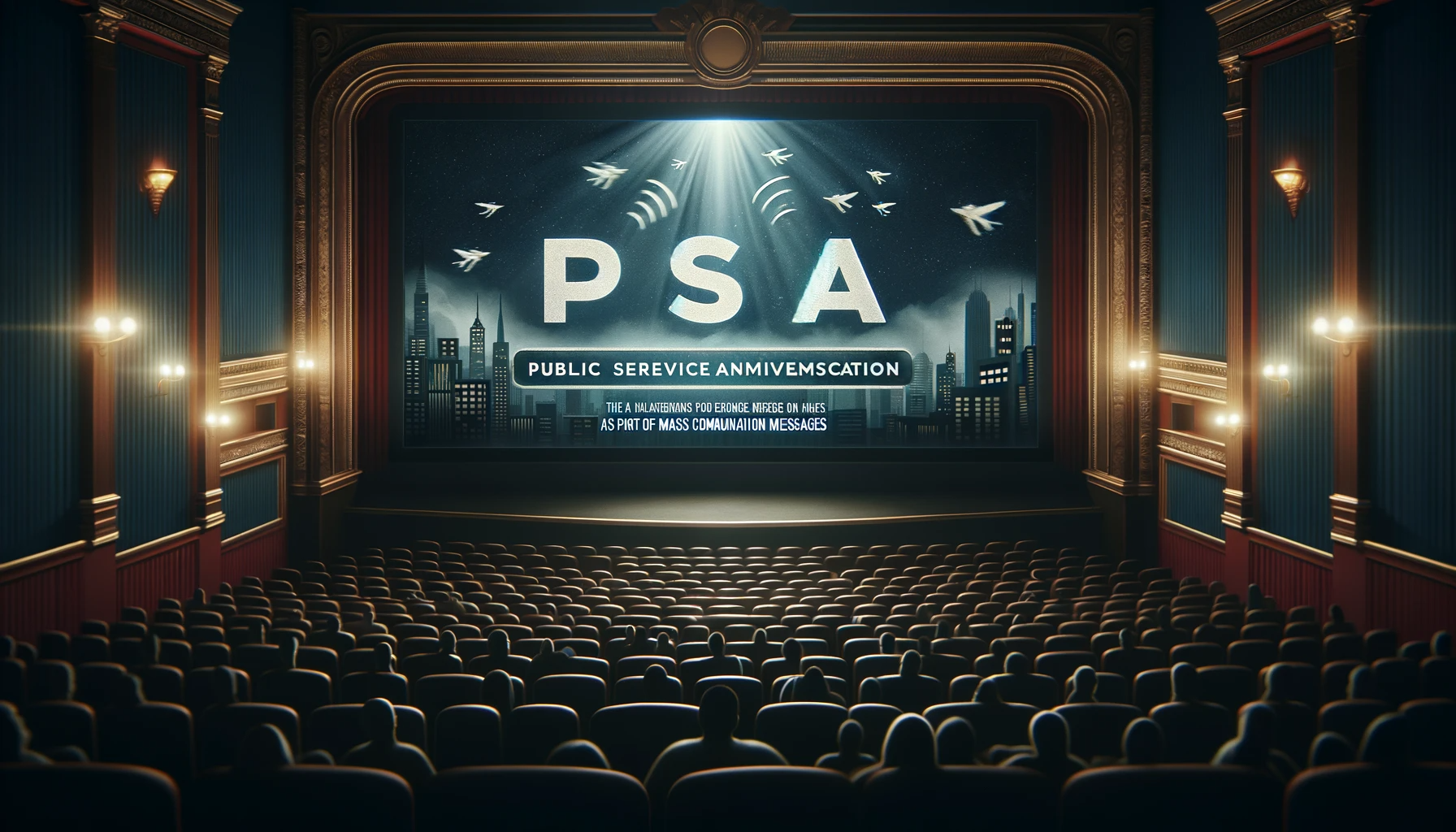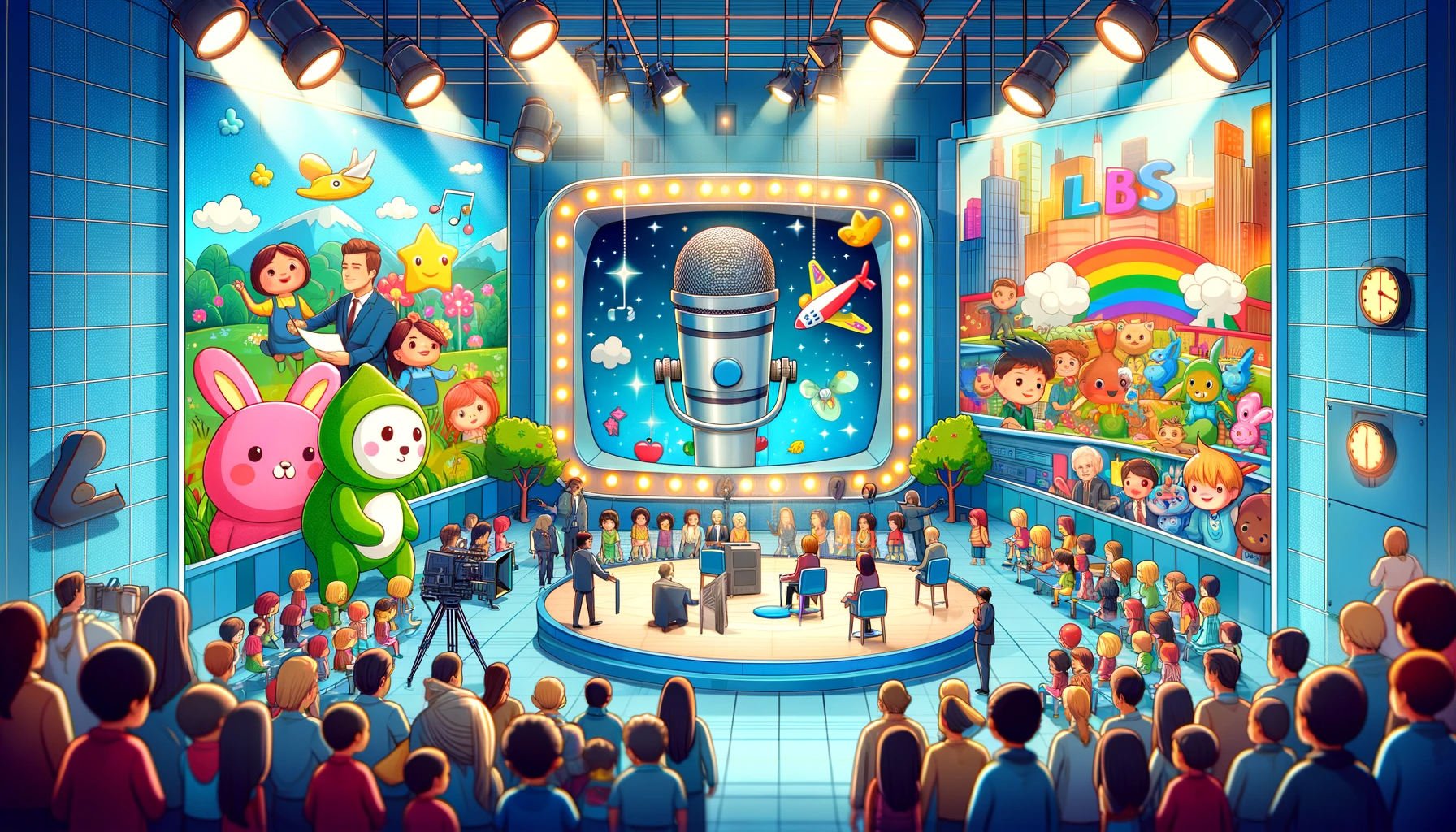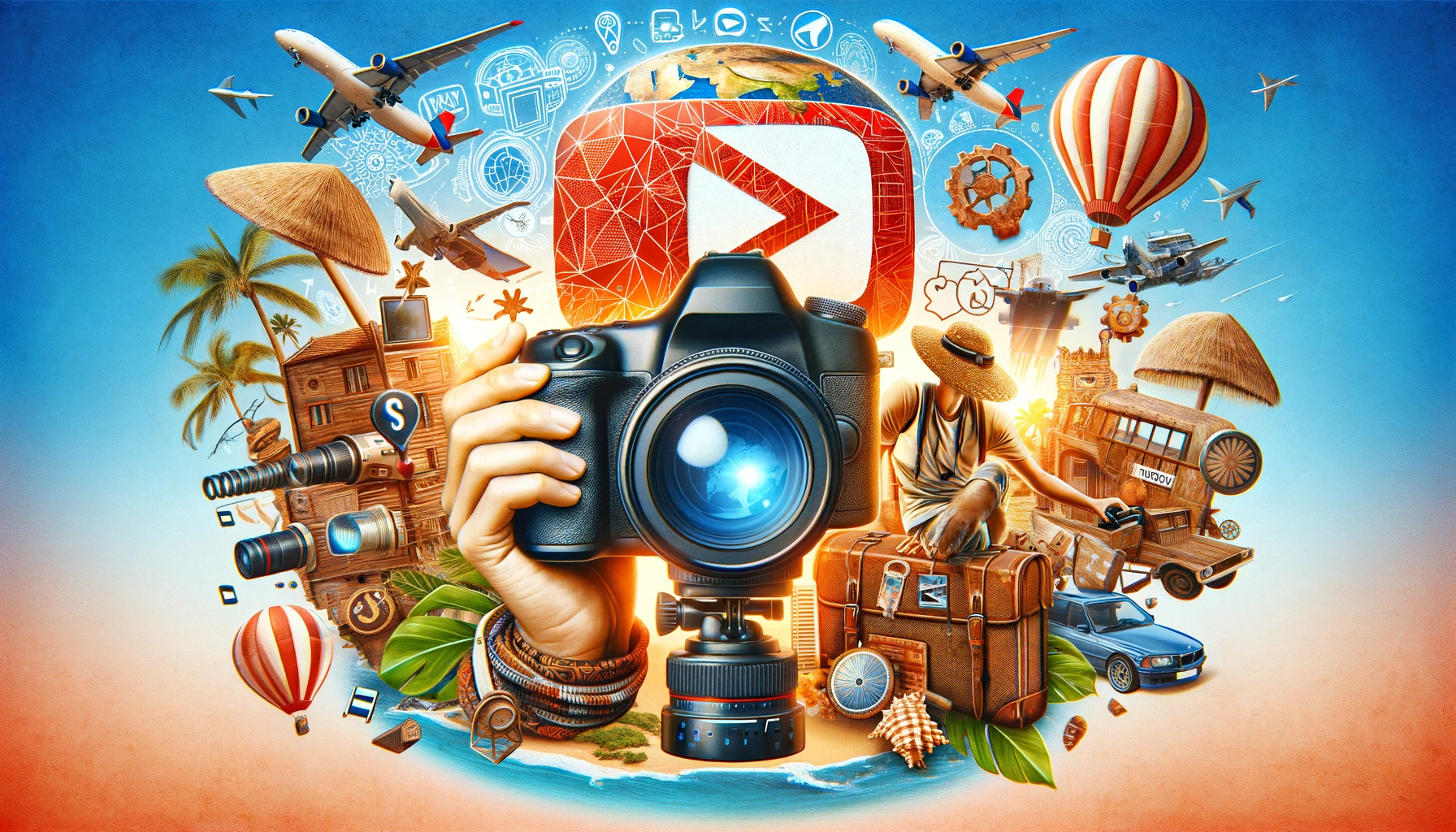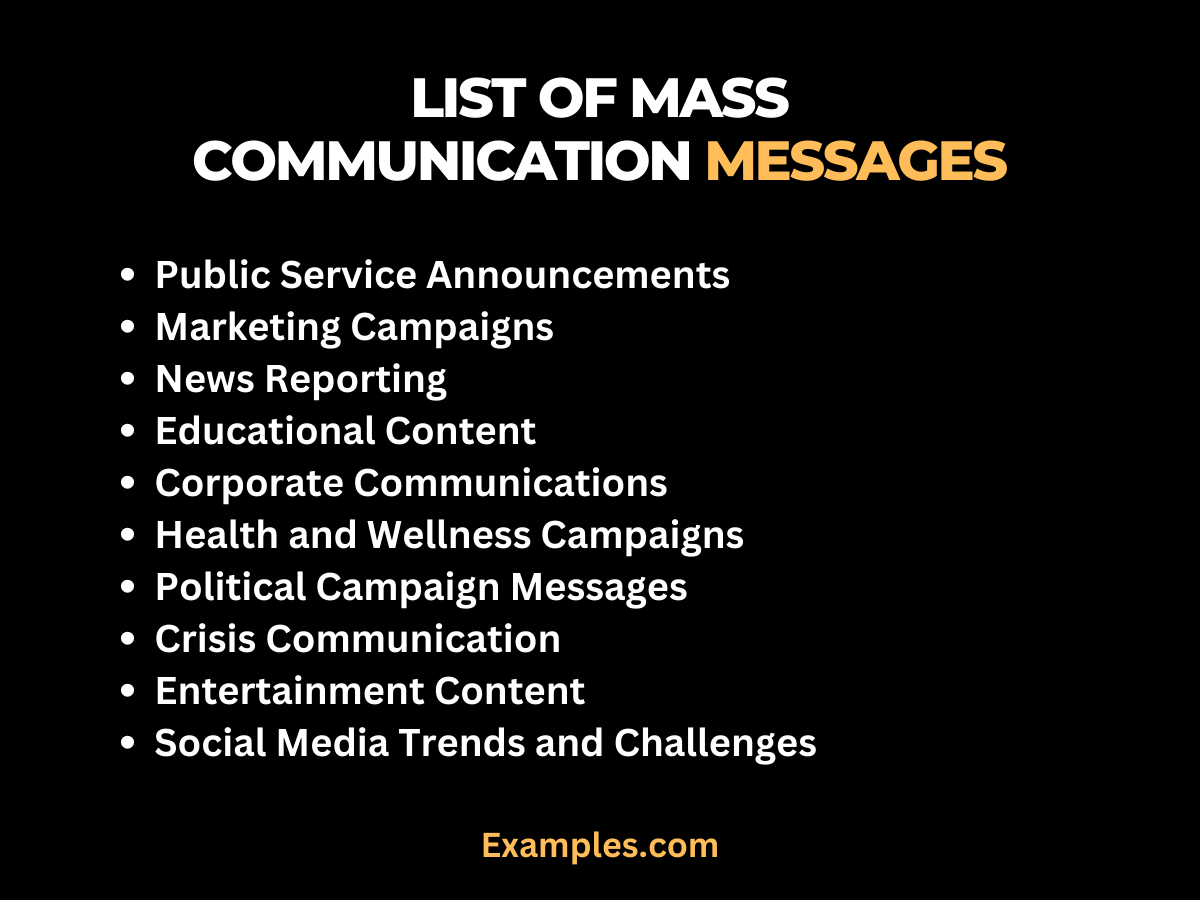Mass Communication Messages
Step into the expansive world of Mass Communication Messages with our detailed guide. Learn how to craft messages that resonate across various Forms of Mass Communication, from Broadcasting Mass Communication to Social media Mass Communication. This guide provides insights into the effective use of language and media to reach and engage diverse audiences. Whether for Mass Communication in Advertising, Journalism, or Public Relations, understand the dynamics and power of mass communication in shaping public perception and behavior.
Mass Communication Messages Examples
Discover the art of crafting compelling Mass Communication Messages with our guide. It focuses on creating impactful content that resonates across various platforms like broadcasting, digital media, and print. This resource offers insights into leveraging Mass Communication Theories and models to effectively reach and engage diverse audiences. Each example illustrates the strategic use of language, visuals, and mediums, demonstrating how to communicate effectively in the realm of mass communication.

- Public Health Campaign via Social Media: A campaign utilizing Facebook and Twitter to spread awareness about healthy eating. The posts use engaging visuals and relatable language, following the Uses and Gratifications Theory to attract and inform a diverse audience.
- News Reporting on Local Events: A local news station covers a community event, using live broadcasts and social media updates. The coverage is immediate and interactive, appealing to the local community’s interest in relevant, real-time information.
- Product Launch on Digital Platforms: A new product launch utilizing a blend of online ads, influencer collaborations, and email marketing. The campaign strategically targets a specific demographic, employing the Selective Exposure Theory to reach potential customers effectively.
- Educational Webinar Announcements: Promotion of an educational webinar series through email campaigns and academic blogs. The announcements are informative and concise, designed to attract students and professionals interested in continuous learning.
- Corporate Responsibility Report: A company shares its annual corporate responsibility report via its website and Email Mass Communication. The report uses clear, accessible language and infographics, showcasing the company’s commitment to sustainability and community engagement.
- TV Advertisement for a Charity Event: A TV commercial promoting a charity marathon, using emotional storytelling and calls to action. The ad aims to inspire viewers to participate or donate, leveraging the Cultivation Theory to influence audience perceptions and actions.
- Radio Talk Show on Environmental Issues: A radio show discussing environmental issues, featuring expert interviews and listener call-ins. This format allows for in-depth discussion and audience engagement, aligning with the Two-Step Flow Theory.
- Billboard Advertising for a Music Festival: Large, eye-catching billboards in key locations promote an upcoming music festival. The billboards use bold graphics and minimal text to grab attention and generate excitement among young adults and music enthusiasts.
- Public Service Announcement in Movie Theaters: A PSA about road safety shown in movie theaters before films. The message combines impactful visuals and statistics, aiming to raise awareness and change behaviors among a captive audience.

- Journalism Feature on Local Entrepreneurs: A feature article in a local newspaper highlighting successful local entrepreneurs. The article uses narrative storytelling to engage readers, following the Narrative Paradigm Theory, and includes multimedia elements online to enhance reader engagement.
- Social Media Crisis Management: A company addressing a crisis on social media with transparent and timely updates. The approach follows the Crisis Communication model, prioritizing openness and quick response to maintain public trust.
- Environmental Blog Series: A series of blog posts focusing on environmental conservation, using engaging storytelling and expert interviews to educate and inspire action, aligning with the Social Learning Theory.
- Email Campaign for University Admissions: An email series from a university to prospective students, highlighting programs and campus life. The emails are personalized and informative, utilizing the Media Richness Theory for effective communication.
- Cultural Event Promotion on Instagram: Utilizing Instagram to promote a cultural festival, featuring vibrant images and user-generated content to engage a diverse audience, following the Uses and Gratifications Theory for social interaction and entertainment.
- Political Economy Analysis in Journalism: In-depth news articles analyzing economic policies, offering a balanced perspective based on the Political Economy Theory, emphasizing the interplay between economics, politics, and media.
- Health Podcast Series on Mental Wellbeing: A podcast series discussing mental health, combining personal stories with professional advice to engage and inform listeners, in line with the Framing Theory to shape audience understanding.
- Technology Review Vlogs: A series of vlogs reviewing new tech gadgets, using an informal and engaging style to appeal to tech enthusiasts, leveraging the Elaboration Likelihood Model for persuasion.
- Broadcasting Educational Children’s Shows: TV shows for children with educational content, using colorful visuals and simple narratives to make learning fun and engaging, aligning with the Symbolic Interactionism theory.

- Streaming Service Documentary Promotion: Promoting a documentary on a streaming service using teaser trailers and influencer shout-outs, employing the Spiral of Silence Theory to encourage discussions on sensitive topics.
- Public Relations Campaign for Sports Events: A PR campaign for a major sports event, using various media outlets to build excitement and provide information, following the Agenda-Setting Theory to influence public interest.
- Interactive Digital Campaign for Book Launch: An interactive online campaign for a new book release, involving quizzes and live Q&A sessions with the author, employing the Selective Exposure Theory to target book lovers.
- Virtual Reality Educational Content: Using VR technology to create immersive educational content, providing students with an engaging learning experience, aligning with the Media Ecology Theory for understanding media environments.
- Email Newsletters for Non-Profit Updates: Regular email updates from a non-profit organization, providing progress reports and stories, using the Gatekeeping Theory to control information flow to supporters.
- Infographics on Social Media for Health Awareness: Sharing infographics on social media about health and wellness, using clear visuals and concise text, following the Information Theory for effective information dissemination.
- Travel Influencer Collaborations on YouTube: Collaborating with travel influencers to create YouTube content, showcasing destinations through personal experiences and tips, leveraging the Cultivation Theory to shape perceptions of travel.

- Local News Mobile App Alerts: A mobile app for local news providing real-time alerts and updates, ensuring community members stay informed about local events and emergencies.
- Streaming Live Workshops and Seminars: Hosting live workshops and seminars on streaming platforms, offering interactive learning opportunities, aligning with the Public Sphere Theory for open public discourse.
- Billboard Campaign for Public Safety: Outdoor billboard campaign promoting public safety messages, using striking visuals to capture attention and convey important information quickly.
- Social Media Campaign for Museum Exhibits: A social media campaign for museum exhibits, using behind-the-scenes content and interactive posts to attract visitors, employing the Narrative Paradigm Theory for storytelling.
- Podcast Series on Historical Events: A podcast series exploring historical events, combining expert analysis with archival a, using the Reception Theory to understand how audiences interpret historical narratives.
What is Message in Mass Communication?
The concept of a message in Mass Communication refers to the content or information conveyed from a sender to a receiver through various media channels. In the realm of Mass Communication, messages are crafted to inform, persuade, entertain, or influence a wide audience. These messages can take various forms – from written text in Journalism to visual content in Broadcasting Mass Communication. Understanding the nature and impact of these messages is crucial in Mass Communication, as they play a key role in shaping public opinion, culture, and behavior. The effectiveness of a message in mass communication often depends on its clarity, relevance, and the medium used for dissemination.
List of Mass Communication Messages ?
Discover an extensive list of Mass Communication Messages that illustrates the diverse applications and strategies used in the field of mass communication. This guide showcases various types of messages employed across different mediums and contexts, each tailored to specific communication goals and audiences. From Public Relations Mass Communication to Social media Mass Communication, these examples reveal how messages are crafted and disseminated to inform, persuade, or entertain a wide range of audiences.

1. Public Service Announcements
Messages designed to inform the public about health, safety, or community welfare, often broadcast on Television Mass Communication and radio.
2. Marketing Campaigns
Creative and persuasive messages used in Mass Communication in Advertising, aimed at promoting products or services to consumers through various media channels.
3. News Reporting
Informative and timely messages in Journalism Mass Communication that provide updates on local, national, or global events, distributed through newspapers, online news portals, and TV news.
4. Educational Content
Messages in Mass Communication Examples in School or educational institutions, designed to teach or inform students and the public about various topics, utilizing digital platforms like educational blogs or e-learning portals.
5. Corporate Communications
Messages used in Public Relations Mass Communication to convey a company’s brand, initiatives, or responses to events, communicated via press releases, corporate websites, and social media.
6. Health and Wellness Campaigns
Messages in healthcare that aim to educate and raise awareness about health issues, leveraging Digital Age Mass Communication tools like health blogs, podcasts, and online forums.
7. Political Campaign Messages
Strategically crafted messages in Broadcasting Mass Communication and social media to influence public opinion and garner support for political candidates or causes.
8. Crisis Communication
Urgent and clear messages used in situations of crisis or emergency, utilizing Broadcasting Mass Communication and Social media Mass Communication for timely and accurate dissemination of information.
9. Entertainment Content
Messages in the form of shows, movies, and music, primarily for entertainment purposes, distributed across platforms like Television Mass Communication, streaming services, and radio.
10. Social Media Trends and Challenges
Engaging and often viral messages on social media platforms, which can range from fun challenges to trending topics, forming a significant part of Social media Mass Communication.
Tips for Using Mass Communication Messages
- Understand Your Audience: Tailoring your message to your audience’s preferences, demographics, and behaviors is essential. This ensures that your Mass Communication Messages resonate and are relevant.
- Choose the Right Platform: Different messages work better on different platforms. For example, a short, catchy message might be more effective on Social media Mass Communication platforms, while detailed content may be better suited for blogs or Email Mass Communication.
- Keep the Message Clear and Concise: In the world of mass communication, clarity is key. Ensure your message is straightforward and easily understood, avoiding jargon unless your audience is familiar with it.
- Incorporate Visual Elements: In many cases, including visuals such as images, infographics, or videos can enhance the effectiveness of your message, particularly in Digital Age Mass Communication.
- Be Consistent Across Channels: If you are using multiple channels, maintain consistency in your messaging. This helps in reinforcing the message and building brand recognition.
- Engage and Interact with Your Audience: Especially in Social media Mass Communication, engagement can significantly boost the reach and impact of your message. Encourage feedback and interaction.
- Monitor and Adapt Based on Feedback: Pay close attention to how your audience reacts to your messages and be willing to adapt your strategy based on this feedback.
- Stay Informed About Current Trends: Keeping up with current trends in Mass Communication can help make your messages more timely and relevant, thereby increasing their impact.
- Ethical Considerations: Ensure that your messages adhere to ethical standards. Avoid misinformation and respect privacy and sensitivity issues.
- Evaluate and Measure Impact: Use tools and metrics to evaluate the impact of your messages. This can help in understanding what works best and planning future communication strategies.
Mass communication messages encompass a wide array of formats and purposes, each tailored to effectively reach and influence diverse audiences. From public service announcements to corporate communications, and from journalism to social media trends, the landscape of mass communication is vast and varied. Understanding the nuances of crafting these messages is crucial in today’s interconnected world. Whether the goal is to inform, persuade, or entertain, the power of mass communication lies in its ability to disseminate messages broadly, impacting public opinion, shaping societal norms, and fostering global connectivity. As we continue to navigate the digital age, the role of mass communication messages remains pivotal in shaping our collective experiences and understanding of the world.



